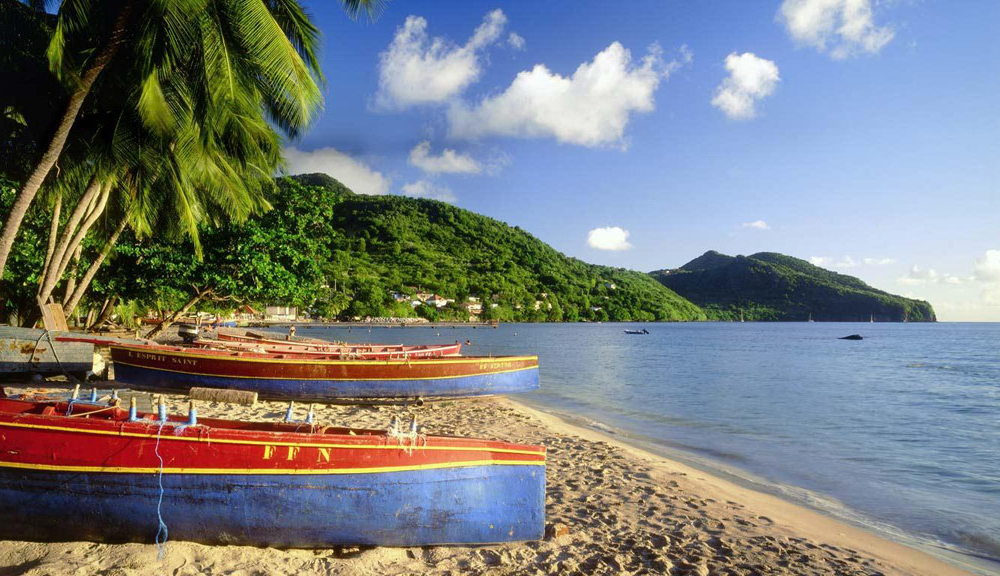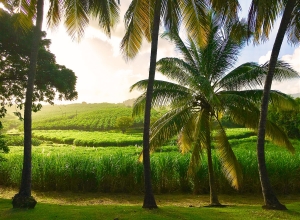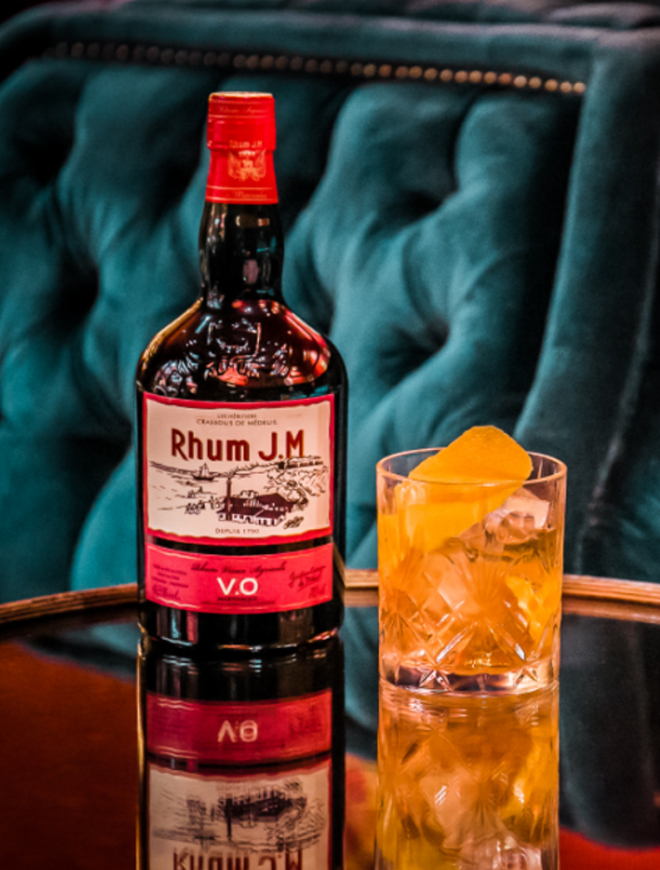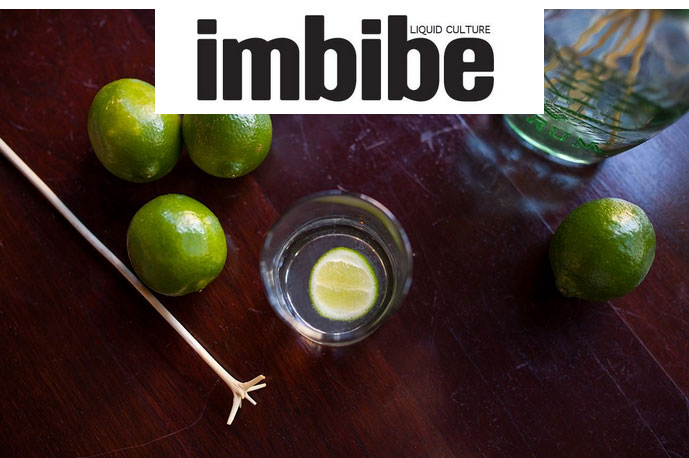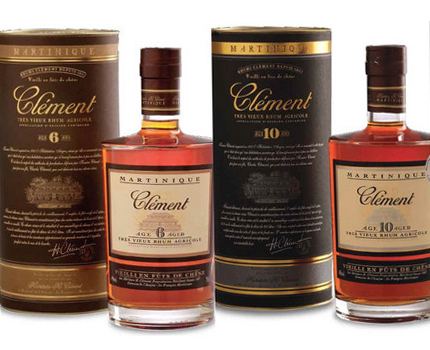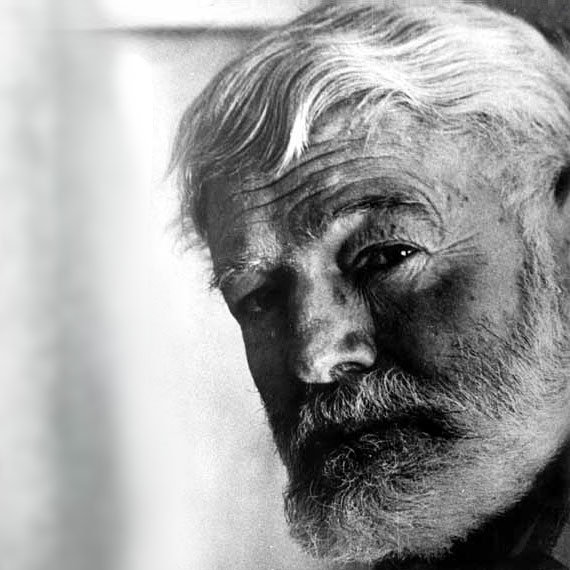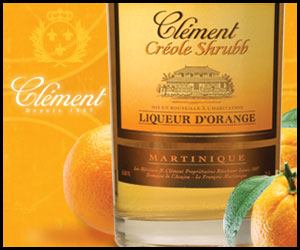The crystalline turquoise waters drew us in, and one by one, we submerged in the shallows of Josephine’s Bathtub. The legendary swimming hole off the coast of Martinique is a natural wonder created by a long white sandbar, so named for Napoleon’s empress who reputedly liked to bathe there as a young girl.
I was with four friends on a weathered boat named Vagabond, out to explore the coastal islets popular for blue water fun. A trio of fancy catamaran cruisers lingered nearby, but our captain, Gil, had perfectly navigated his smaller fisherman’s vessel so that we happily had the bathtub to ourselves. A salty seafaring-type originally from France, Gil further won us over by serving rum punch and accras, the local specialty of spicy codfish fritters, for our post-swim snack.
Later we had lunch at Islet Oscar, where one can stay overnight at a Creole-style guesthouse or just come for a meal and chill out with a swim. The personable caretakers of the island retreat served us fresh tuna hors d’oeuvres on the dock, followed by lunch of seafood imperial, grilled mahi-mahi, lentils, couscous and fried plantain. This day on the water was a highlight of our five-day trip, but we found more to discover inland as we traversed the island coast to coast.
Getting our bearings
Flanked by the Atlantic Ocean and Caribbean Sea, the 50-mile-long island of Martinique is an overseas department of France. French is the primary language along with Creole, but English is spoken at most tourist attractions. The capital of Fort-de-France, on the Caribbean side, can be accessed by ferryboat from the quaint village Pointe du Bout, our base for the first few days.
For an introduction to island history, we ferried across the bay and took a walking tour of the capital city. In addition to a 17th-century stone fortress, highlights include the Saint-Louis Cathedral, inspired by the designs of Gustave Eiffel, and the ornate Schoelcher Library, which was constructed in France in 1889, dismantled and rebuilt on Martinique.
The city’s Savane Park holds a curious attraction — the beheaded statue of Empress Josephine, who was born on Martinique and became a controversial figure for encouraging her husband, Napoleon, to reinstate slavery on the island. The infamous sculpture seemed a stark contrast to the bright and beautiful swimming hole named for her.
Martinique’s terrain is quite varied with its volcanic Mont Pelee and rain forest hills, along with rugged shoreline, beaches and fjord-like coves. Visitors can experience the diverse natural habitat by rental car or with a driver-guide arranged by Martinique Tourism. We found it very worthwhile to tour with an experienced guide, Andre La Houssaye, who drove us to coastal towns, rum distilleries, museums and out-of-the-way restaurants.
Island culture
Martinique boasts many small museums that depict its history and traditions, including the unique Banana Museum in a former plantation home. Another standout is the Volcano Museum in Saint-Pierre that tells the story of the eruption of Mont Pelee in 1902, when the town was destroyed and 30,000 inhabitants died. Only one man survived, locked in a jail dungeon, which remains among the town ruins that can be seen today.
Rum is deeply rooted in the island culture and Martinique not only has a signature drink — Ti Punch — it has a museum on the history of rum making. Adjacent to a working distillery, the Saint James Rum Museum showcases antique stills, machinery and vintage photos, with exhibits explaining how Martinique’s distinctive rums are made in the agricole method — from pure sugar cane juice instead of molasses.
Since “all roads lead to Rhum” in Martinique, we set out on the informal rum route to visit several distilleries including the smallest, Neisson, famous for its white rum; and J.M. Distillery, known for its barrel-aged amber rums. Perhaps best known is the beautiful plantation, Habitation Clement, a historical landmark where the rum agricole method began. More and more, rum connoisseurs come to Martinique to savor the premium quality rums, which have earned the French AOC designation (appellation d’origine controllee).
Isle of flowers and natural wonders
The Carib Indians first called Martinique the isle of flowers, no doubt for the colorful bougainvillea, bird of paradise, trumpets, red ginger, roses, hibiscus and numerous species of orchids. The island is also a botanist’s paradise with rain forest flora and a variety of trees including mahogany, magnolia, bamboo, palms and mangrove. Beautiful banana plantations dot the landscape, and even from my hotel window at Domaine Saint Aubin, I looked out over lush gardens and plantations nestled on the hillsides above the Atlantic coast.
The Balata Botanic Garden near Fort-de-France offers a sampling of the many tropical species. The self-guided tour begins at a historic Creole house and meanders along pleasant garden paths and whispering palm groves. An unusual feature is the canopy trail, a series of swinging bridges affording treetop views.
Martinique offers rain forest hikes, jeep trips and mangrove tours among other adventures, but we chose a shorter excursion to experience a natural phenomenon called the Tombolo on the northern coast. From the beach at Saint-Marie, we walked into knee-deep water across a long sandbar to another island. Created by currents and tides, access by walking is only possible during low-tide months, January to April. A short hike with a series of wooden steps leads to rocky peaks and 360-degree views across Saint-Marie Bay and beyond.
A feast of flavors
Martinique cuisine combines local produce and Creole cooking with French mainstays including great breads, cheeses, charcuterie and wine. Not surprisingly, fresh seafood is ubiquitous — with dishes featuring lobster, crawfish, conch, octopus, marlin, sea bass and mahi-mahi, often prepared in a savory sauce.
For memorable seaside dining, Le Petibonum restaurant in Carbet has become an icon on Martinique, due to charismatic owner Guy Ferdinand, better known as Chef Hot Pants. He prepares creative seafood dishes in his beach kitchen, and the canopied cafe has a relaxed atmosphere with lounge-chair wifi and island music that invites one to stay awhile.
The colorful market in Fort-de-France hums with vendors in bright madras plaids selling flowers, fruit, vegetables, spices and handmade goods. It pays to arrive hungry because authentic home-style cooking can be found at several cafes in back of the market stalls. The favorite table, Chez Carole, serves an overflowing platter of deep-fried accras with an extra kick, possibly the island’s best.
I purchased coconut jam and spices at the market to bring home — fresh cinnamon, cumin and Colombo. The Creole equivalent of Indian curry, Columbo was described to me as a blend of “the generosity of Africa, French savoir-faire, Indian spice and Caribbean love.” The metaphor sums up nicely the essence of Martinique. And now, from my kitchen, the lingering aromas of my market spices take me back to the island delight.
Ann N. Yungmeyer is a freelance writer in Kingsport, Tenn.

